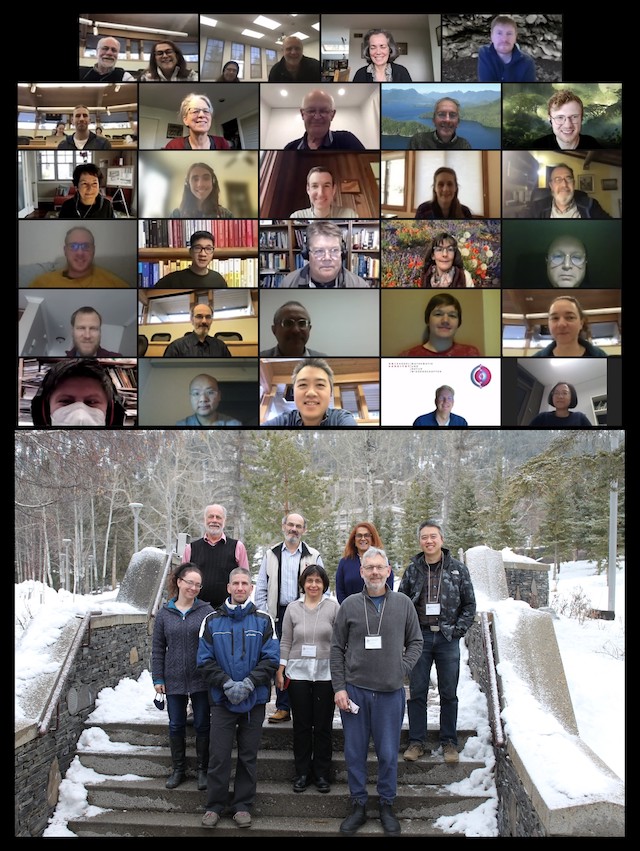Moving Frames and their Modern Applications (21w5505)
Organizers
Francis Valiquette (Monmouth University)
Irina Kogan (North Carolina State University)
Peter Olver (University of Minnesota -- Twin Cities)
Alexander Bihlo ()
Description
The Banff International Research Station will host the "Moving Frames and their Modern Applications" workshop in Banff from November 21 to November 26, 2021.
Originally introduced by Martin Bartels in the early nineteenth century, and then extensively developed by Élie Cartan in the first half of the twentieth century, the method of moving frames is a powerful tool for studying the geometry of curves, surfaces, and, more generally, submanifolds under the action of a group of transformations. In 1999, a new and more general formulation of moving frame was introduced by Fels and Olver which led to a dramatic resurgence of interest in the method accompanied by a striking extension of the range of applications. The workshop will bring together a diverse group of experts with the goal of exploring existing and emerging applications of the moving frame method to differential equations and integrable systems in physics, to computer vision and object recognition, medical imaging, broken object reconstruction, discrete and differential-difference equations, geometric numerical integration, and much more.
The Banff International Research Station for Mathematical Innovation and Discovery (BIRS) is a collaborative Canada-US-Mexico venture that provides an environment for creative interaction as well as the exchange of ideas, knowledge, and methods within the Mathematical Sciences, with related disciplines and with industry. The research station is located at The Banff Centre in Alberta and is supported by Canada's Natural Science and Engineering Research Council (NSERC), the U.S. National Science Foundation (NSF), Alberta's Advanced Education and Technology, and Mexico's Consejo Nacional de Ciencia y Tecnología (CONACYT).






